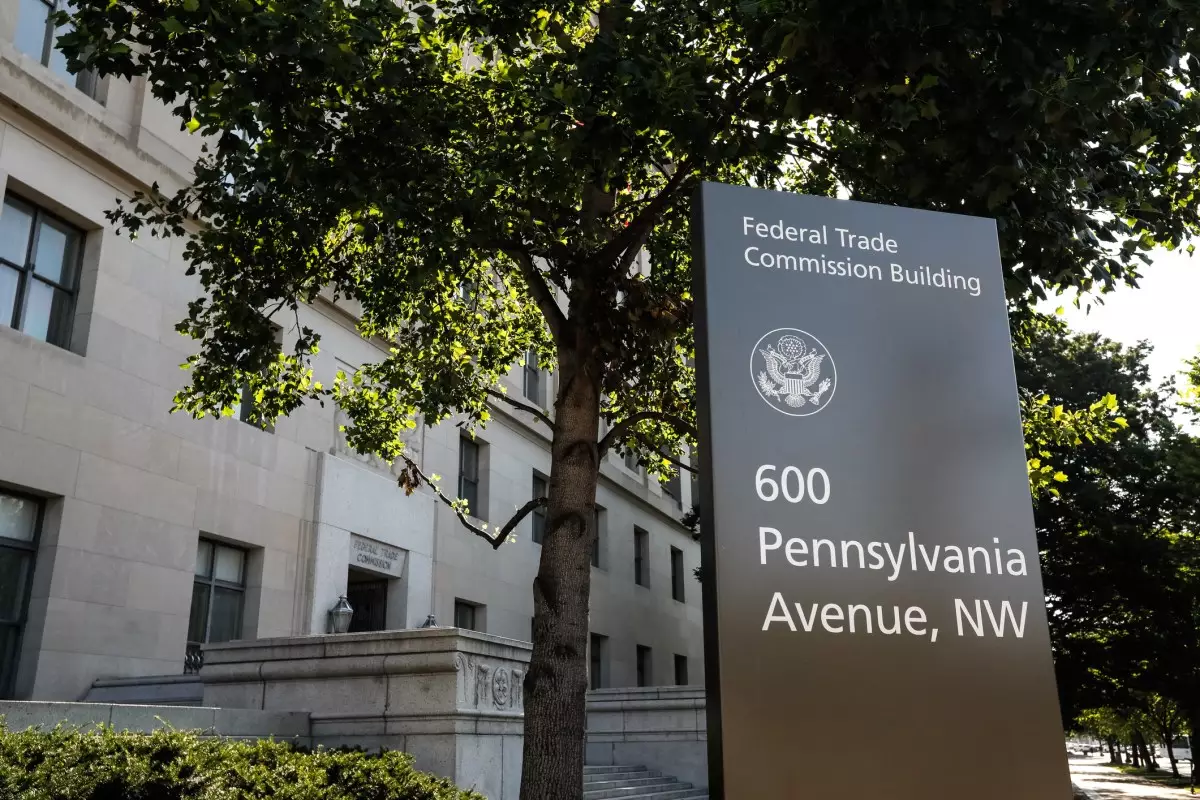As the world integrates technology into every aspect of daily life, smart devices have become ubiquitous, enhancing comfort and convenience. However, a recent investigation by the Federal Trade Commission (FTC) has raised alarming concerns about the transparency of software updates associated with these devices. The findings suggest a significant gap in manufacturers’ communications regarding how long consumers can expect their smart devices to receive essential software updates, which are crucial for maintaining functionality.
The Pervasiveness of the Issue
According to the FTC’s research, which scrutinized 184 smart devices ranging from innovative hearing aids to security cameras, nearly 89% failed to disclose relevant information about the duration of software updates. This lack of transparency raises critical questions for consumers, many of whom are investing substantial amounts of money into devices they expect to perform reliably over time.
Smart gadgets are intended to enhance daily living, controlling everything from lighting to health monitoring. Yet, as the study points out, without ongoing software updates, these devices can eventually lose their “smart” capabilities, leading to a decline in usability and, potentially, a complete operational failure.
Samuel Levine, the director of the FTC’s Bureau of Consumer Protection, emphasized the financial risks that come with the uninformed purchase of smart devices. In a press release, he urged consumers to proactively consider how long their devices will last and to seek out manufacturers’ commitments to providing updates. Such advocacy pushes for a more informed consumer approach, which is increasingly necessary in an age where technology evolves rapidly.
For instance, while a smart light bulb could still function in a traditional capacity when software updates cease, a smart speaker deprived of updates risks becoming a mere shell of its potential. It could lose connectivity to essential services like music streaming, rendering it irrelevant. The implications for consumer satisfaction and value are immense, as unmet expectations can lead to frustration and loss of trust in technology brands.
The FTC’s findings also bring to light legal obligations that manufacturers must adhere to, particularly regarding the Federal Trade Commission Act and the Magnuson Moss Warranty Act. These laws mandate that companies who claim their devices have a certain lifespan must substantiate those claims with clear communication about update durations. Moreover, if they offer written warranties without disclosing pertinent software support timelines, they could be in violation of federal regulations.
This legal lens adds another layer of complexity to the issue, as consumers must navigate a marketplace where not only their investment is at stake but where regulatory compliance is also a factor. As the FTC highlights, the absence of clear update provisions could result in significant penalties for manufacturers, thereby motivating a reevaluation of disclosure practices across the smart device industry.
Empowering Consumers: Practical Steps to Take
In light of these findings, the FTC advises consumers to take charge of their purchasing decisions regarding smart devices. This includes performing due diligence before buying by seeking out information on how long a manufacturer plans to provide software updates. If such information isn’t readily available, contacting the company directly is a prudent step, as it allows potential buyers to gauge the manufacturer’s commitment to customer support.
Potential buyers must also consider whether the absence of updates would render a device useless or whether it could still retain some traditional functionality. As technology becomes more sophisticated, the line between necessity and luxury blurs; thus, informed decisions will help ensure that consumers receive value for their investments.
Ultimately, the FTC’s informative paper is a clarion call for change within the smart device industry. Manufacturers owe it to their customers to be transparent about software update timelines. As consumers grow more dependent on smart technology, the demand for transparency and accountability is more pressing than ever. With proactive efforts from both consumers and regulatory bodies, the smart device landscape can evolve toward a marketplace that prioritizes clarity and customer satisfaction, ensuring that the promise of technology continues to enrich our lives without unforeseen pitfalls.

